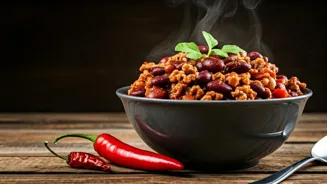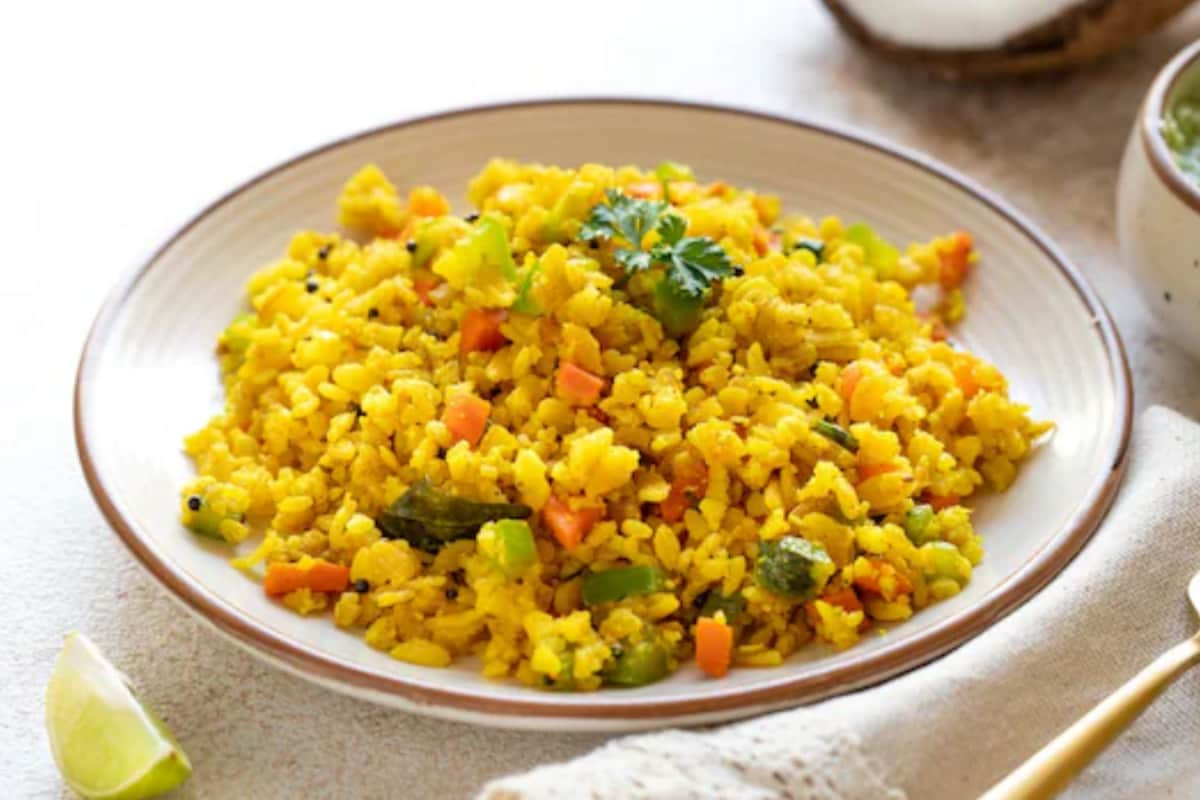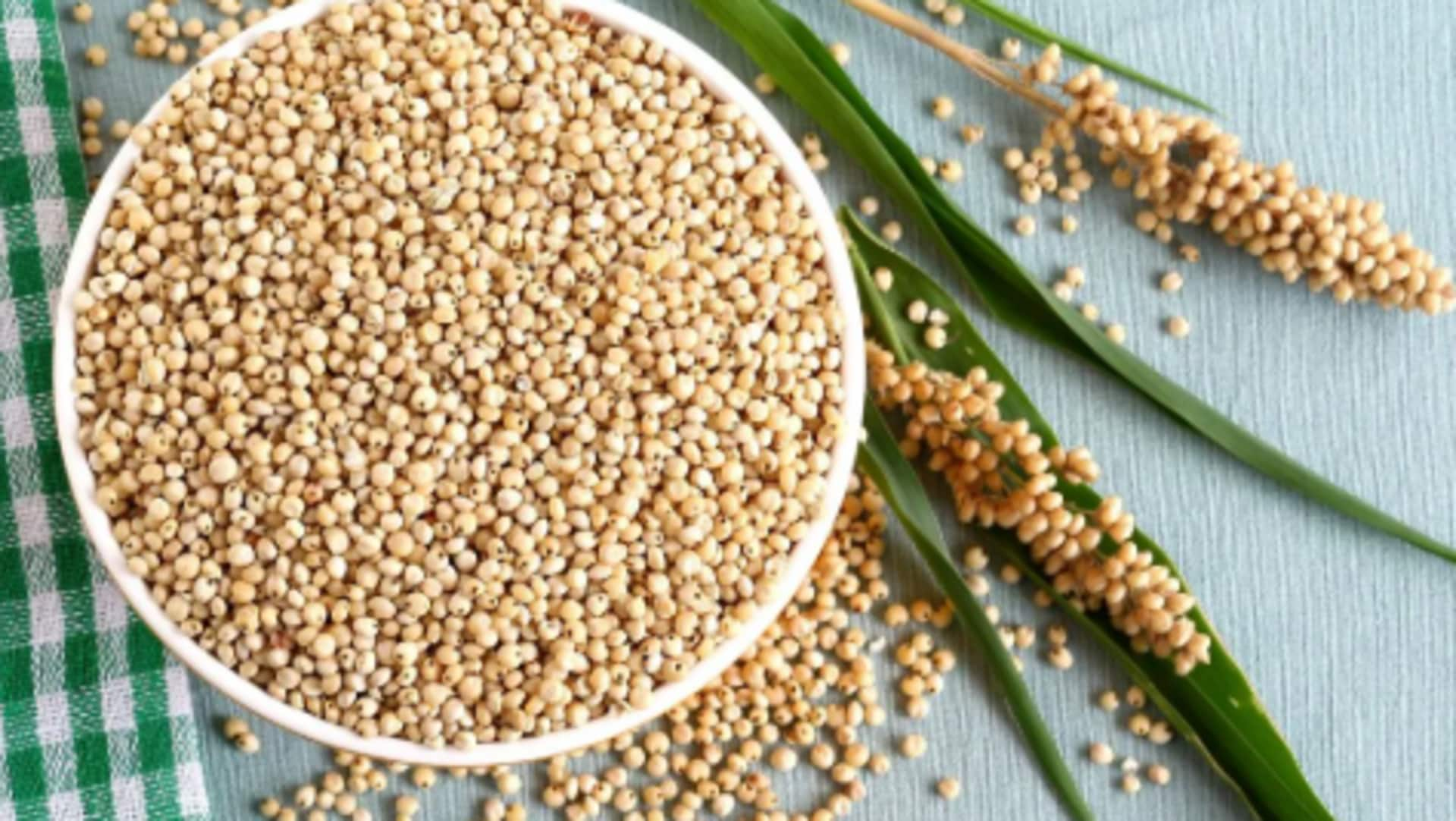Chili Origins & Diversity
Chili, a beloved dish globally, showcases remarkable versatility. Its roots are often traced back to the American Southwest, where it emerged as a hearty
and affordable meal. Over time, chili has evolved, incorporating ingredients and influences from various culinary traditions. This has led to a wide array of chili styles, from the classic beef-based version to those featuring turkey, chicken, or even vegetarian options. This adaptability allows for exciting flavor combinations and catering to dietary preferences. Chili's popularity also stems from its ability to be customized. Cooks can adjust the spice level, add different types of beans, vegetables, and toppings, resulting in endless possibilities. Chili serves as a canvas for culinary creativity, reflecting regional tastes and personal preferences. Explore recipes tailored to meet diverse needs, including different cooking methods, like slow cooker and stovetop, and ingredients that offer alternative flavors. This provides a diverse range of chili recipes, each with its unique charm and taste profile.
Classic Beef Chili
The quintessential beef chili recipe offers a foundation of rich, meaty flavors. The foundation of this chili typically includes ground beef, onions, tomatoes, and a blend of chili powders and spices. The slow cooking process melds the flavors together, creating a deep and satisfying taste. It typically involves browning the ground beef with onions and garlic, then simmering it with tomatoes, beans (such as kidney or pinto), chili powder, cumin, and other seasonings for several hours. This extended cook time is crucial, allowing the meat to become tender and the flavors to fully develop. The resulting chili is a hearty, flavorful meal that's perfect for cool evenings or game-day gatherings. Top it with shredded cheese, sour cream, and chopped onions for added richness and texture. The beauty of this classic lies in its simplicity and adaptability; add different peppers for desired spice levels.
Turkey Chili Variations
Turkey chili presents a healthier alternative to traditional beef chili, offering a lighter yet equally satisfying experience. The use of ground turkey reduces the fat content while still delivering a hearty and flavorful meal. There are several variations. An easy recipe involves browning ground turkey with onions, peppers, and garlic, then simmering it with diced tomatoes, beans (such as kidney or black), chili powder, and various spices. This version often includes additional vegetables like corn or zucchini to boost the nutritional value. A white turkey chili version offers a unique twist, using shredded turkey or ground turkey with white beans, chicken broth, and a creamy base (such as cream cheese or sour cream). The white chili is typically seasoned with cumin, oregano, and a touch of heat from jalapeños. This versatility makes turkey chili a favorite among those looking for a wholesome and flavorful meal that fits various dietary needs.
Slow Cooker Delights
Slow cooker chili recipes provide an exceptionally convenient approach to preparing this popular dish, allowing for minimal hands-on time. Slow cookers excel at developing deep, complex flavors through gentle, extended cooking. Many chili recipes can be adapted to the slow cooker, making it a perfect choice for busy weeknights or gatherings. The slow cooker chili recipe often involves browning the meat (ground beef, turkey, or chicken) with onions and peppers, then transferring it to the slow cooker with diced tomatoes, beans, chili powder, and various spices. The slow cooker's low and slow cooking process tenderizes the meat and melds the flavors, resulting in a richly flavored chili. This hands-off method enables you to prepare a delicious meal with minimal effort, making it a practical and appealing choice. You can even prep the ingredients the night before and set the slow cooker in the morning, returning home to a warm and inviting meal.
Chili with a Twist
Exploring chili with a twist reveals a landscape of culinary innovation. Variations like Cincinnati chili bring a unique spice blend and serving style to the table. Usually served over spaghetti with a combination of toppings like cheese, onions, and beans, it offers a distinct taste experience. Sweet potato chili introduces a touch of sweetness and depth, blending the earthy flavor of sweet potatoes with traditional chili ingredients. Cowboy caviar, although not a chili in the strictest sense, is a vibrant and flavorful dish, often served alongside chili. Chili cheese burritos provide a flavorful experience, bringing all the ingredients in a burrito form. These creative twists show the versatility of chili, allowing for exploration and customization. Experimenting with ingredients and flavors is encouraged, leading to exciting variations that cater to various taste preferences and offer fresh culinary experiences.
Vegetarian Chili Options
Vegetarian chili embraces plant-based ingredients, proving that delicious chili doesn't need meat. Often featuring a combination of beans (kidney, pinto, black), vegetables (onions, peppers, tomatoes, corn), and spices, it can deliver a satisfying and flavorful experience. Vegetarian chili can incorporate a variety of vegetables for texture and nutrients. The use of chili powder, cumin, and other spices provides depth and warmth. To enhance the flavor, cooks often roast the vegetables before adding them, bringing out their natural sweetness. Another popular method involves using lentils or textured vegetable protein as a meat substitute, creating a hearty and filling meal. Adding a dollop of sour cream or a sprinkle of cheese can add a finishing touch. Vegetarian chili provides a compassionate and delicious approach to this comfort food, suiting various dietary needs.
Toppings & Accompaniments
The toppings and accompaniments elevate the chili experience from a simple meal to a complete and customizable feast. The standard toppings for beef chili include shredded cheese, sour cream, chopped onions, and a dash of hot sauce. For a white chili, consider fresh cilantro, a squeeze of lime, or avocado slices. Additional options such as cornbread and tortilla chips provide different textures and flavors to the mix. Cornbread offers a sweet and savory counterpoint to the chili's richness, while tortilla chips add a satisfying crunch. Toppings should always provide a balance of flavors and textures. Experimenting with these accompaniments is part of the enjoyment. These toppings provide endless combinations, letting everyone create their perfect bowl of chili, catering to their tastes and preferences.
Spice Level Control
Controlling the spice level is a key factor in tailoring chili to personal taste preferences. Chili recipes allow for adjustments to create the ideal heat intensity. The main source of spiciness in chili comes from chili powders, peppers, and hot sauces. For a mild chili, use a blend of mild chili powders and minimize or eliminate hot peppers. For a medium heat, consider using a mix of chili powders with a small amount of jalapeños or a pinch of cayenne pepper. For a spicier chili, you can add a more aggressive blend, and perhaps some diced habaneros, or Scotch bonnets. Tasting the chili as you cook allows you to adjust the spice level before serving. Always add spices gradually, and taste frequently to achieve the perfect balance. Remember that heat intensifies as the chili simmers, so a mild heat may become medium during cooking.
Beans: To Add or Not
The debate over whether to include beans in chili is a matter of personal preference. Some people believe that traditional chili does not include beans. Beans add texture and protein, and can enhance the overall flavor. Kidney beans, pinto beans, and black beans are commonly used in chili. If you're a fan of beans, choose a variety that you enjoy and consider their texture. For those who prefer bean-free chili, simply omit them from the recipe. Some recipes may include other beans, but it's up to the chef. Ultimately, whether to add beans or not, comes down to individual tastes. There are various recipes on the internet to explore which one would be perfect for you.
Tips for Best Chili
Making excellent chili involves several key tips to achieve the best results. Firstly, browning the meat properly adds depth of flavor. Secondly, slow cooking allows the flavors to meld together. Thirdly, using high-quality ingredients is crucial for a great taste. Fourthly, don't be afraid to experiment with spices. Tasting and adjusting the seasoning during the cooking process ensures the perfect flavor profile. Additionally, simmering the chili for an extended period allows the flavors to develop fully. Using fresh ingredients adds vitality to the chili. Always be patient, because the longer the chili simmers, the better the taste. Finally, letting the chili rest for some time before serving allows the flavors to mellow and combine, improving the overall taste and enjoyment of the dish. These tips, taken together, guarantee a superior chili experience.
Chili Bar Success
Setting up a chili bar transforms a simple meal into a fun and interactive dining experience. The concept involves offering a variety of chili options alongside an array of toppings and accompaniments, allowing guests to customize their bowls. To create a successful chili bar, start with at least two or three different chili recipes: a classic beef, a turkey, and a vegetarian option. Prepare a wide range of toppings, including shredded cheese, sour cream, chopped onions, jalapeños, and avocado. Additionally, consider offering cornbread, tortilla chips, and crackers. The chili bar should be set up in an organized manner, with labels clearly indicating each item. Make sure you have a set of serving spoons and other essentials. A chili bar provides a fun, social, and flavorful experience. A successful chili bar is a memorable gathering.
Beyond the Bowl
Chili extends beyond a simple bowl, providing endless opportunities for creative culinary applications. Chili dogs combine the hearty flavor of chili with the classic American hot dog, offering a simple yet satisfying meal. Chili cheese burritos wrap chili and cheese in a warm tortilla, creating a handheld meal. Chili mac is another delicious option, combining chili with macaroni for a comforting dish. Chili can also be incorporated into dishes like nachos, loaded fries, or even stuffed bell peppers, providing interesting texture. It can become a versatile ingredient in dishes, ensuring diverse flavor profiles. The applications of chili are limited only by imagination, allowing cooks to create exciting new dishes and offer variety to their menus.








